Food science week #3 progress
Ensure you’ve reflected on data collection and visual/financial modeling completed by the team
- Do you feel that your product has met the goals you set at the start of the process?
- Did design choices still fit your target audience?
- What would you do if you had more time or resources?
- Yes, we feel that the peanut Tang Yuan S’more has best met the goals we set at the start of the process. The combination of chocolate with the peanut Tang Yuan flavor creates a delightful blend reminiscent of a Reese’s cup, incorporating elements from both Greek and Chinese cultures. While the other two flavors tested (sesame and red bean) primarily added a crunch to the graham crackers, they didn’t fully capture the essence of a traditional S’more.
- If we had more time or resources, our focus would be on improving the visual appeal of our product and better understanding our audience’s preferences. We would work on creating attractive packaging designs and visuals to enhance sales. Additionally, we would distribute samples to a selected audience and gather feedback to gain insights into their packaging, flavor, and financial preferences. This approach would help us align the project more effectively with our audience’s needs and increase its overall success
How would you evaluate your contributions to the team? Anything you’d like to work on in terms of teamwork?
After joining the team a bit later, I quickly caught up with the product and its details through discussions with my group. Throughout the project, I helped in testing different combinations and suggesting ingredients that worked well with one of the flavors and was the closest version of the original idea of the combination of S’more and Tang Yuan. My contributions also included conducting nutritional research, overall feedback and collaborations. As a team, we all worked on our chosen part of the project and communicated well throughout it, which made the project easier to manage. The only difficulty we faced was the limited amount of time to work on the product.
**I emailed all the evidence to you, including the links for each week progress, as I am unable to attach them here, somehow.
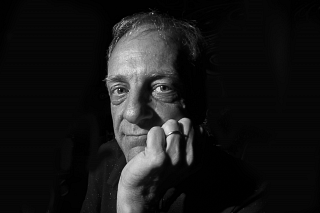
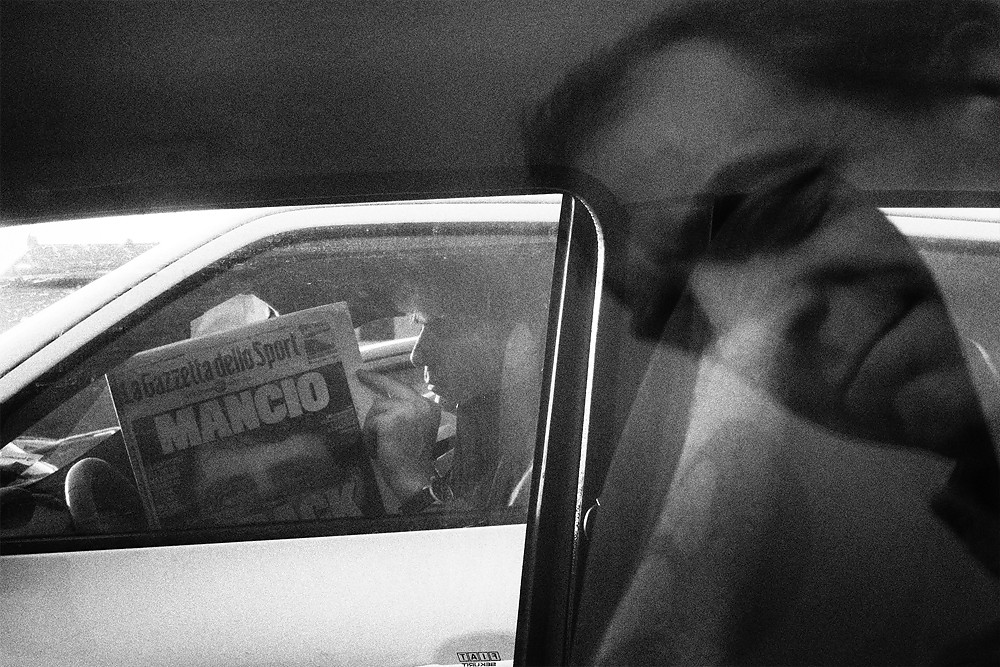 .
. 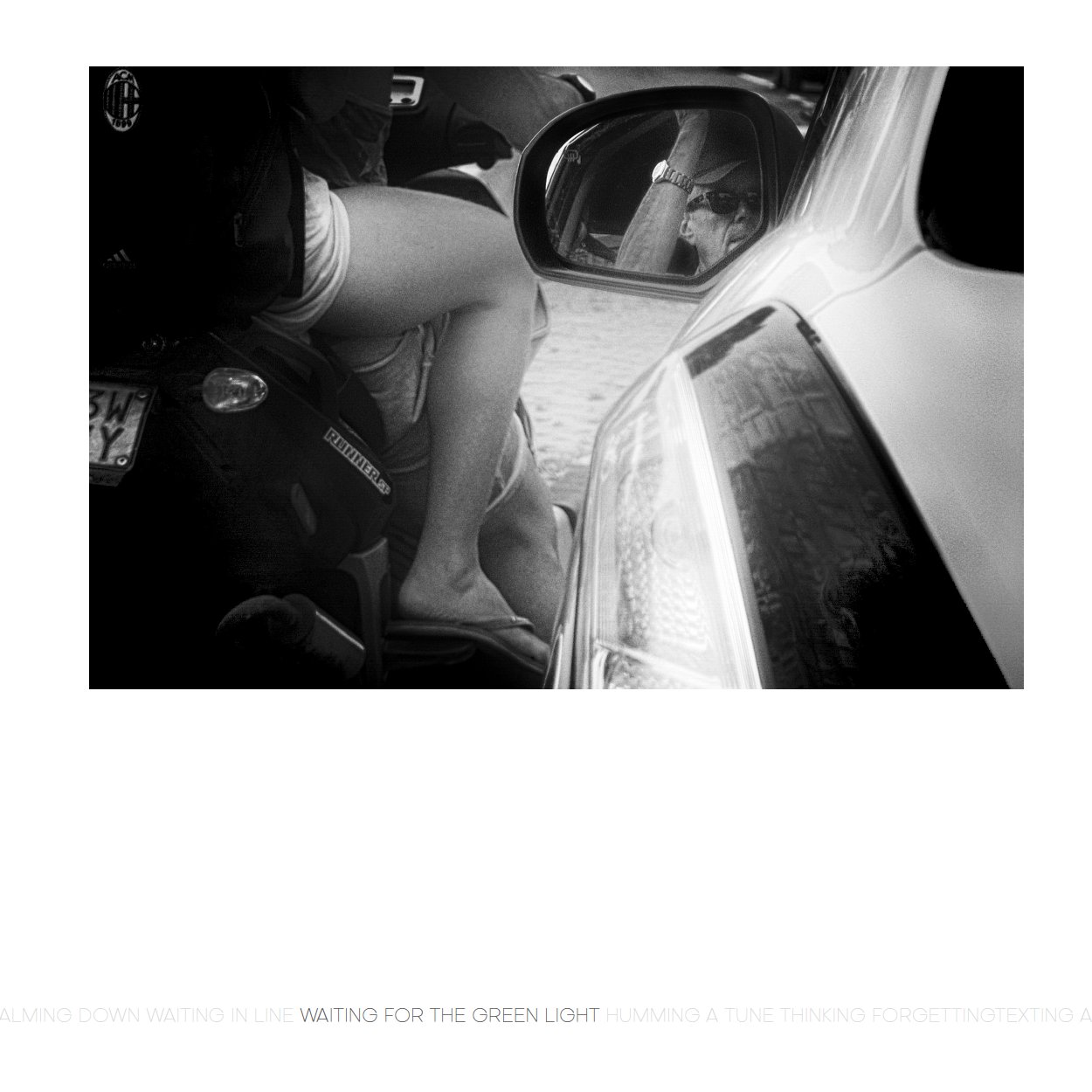 .
. 
.jpg)
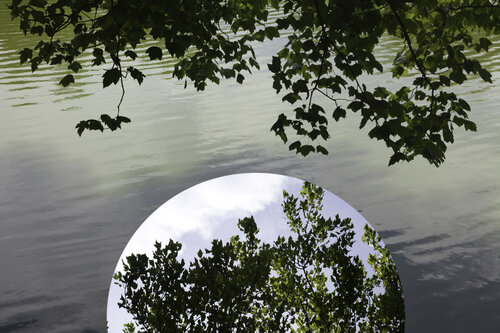





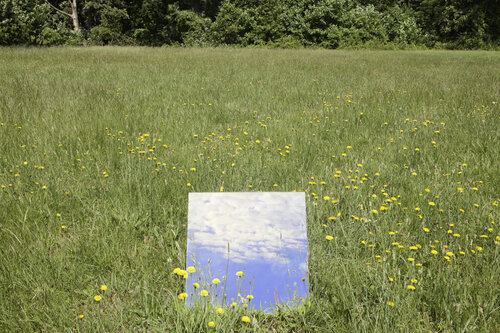
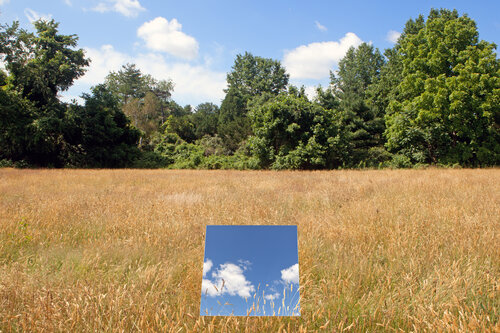
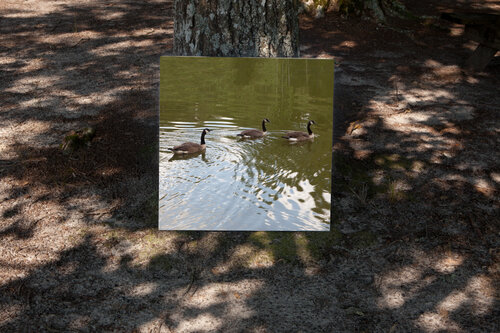
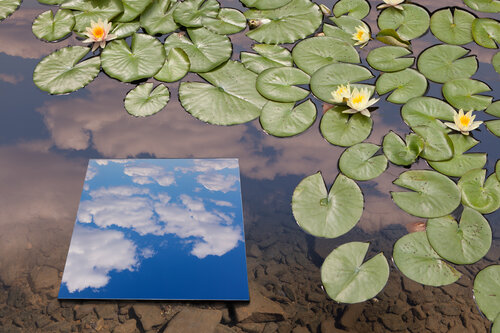
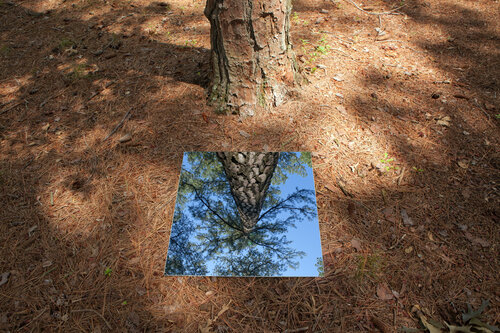
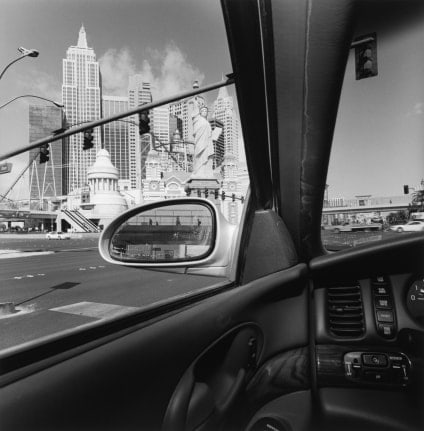
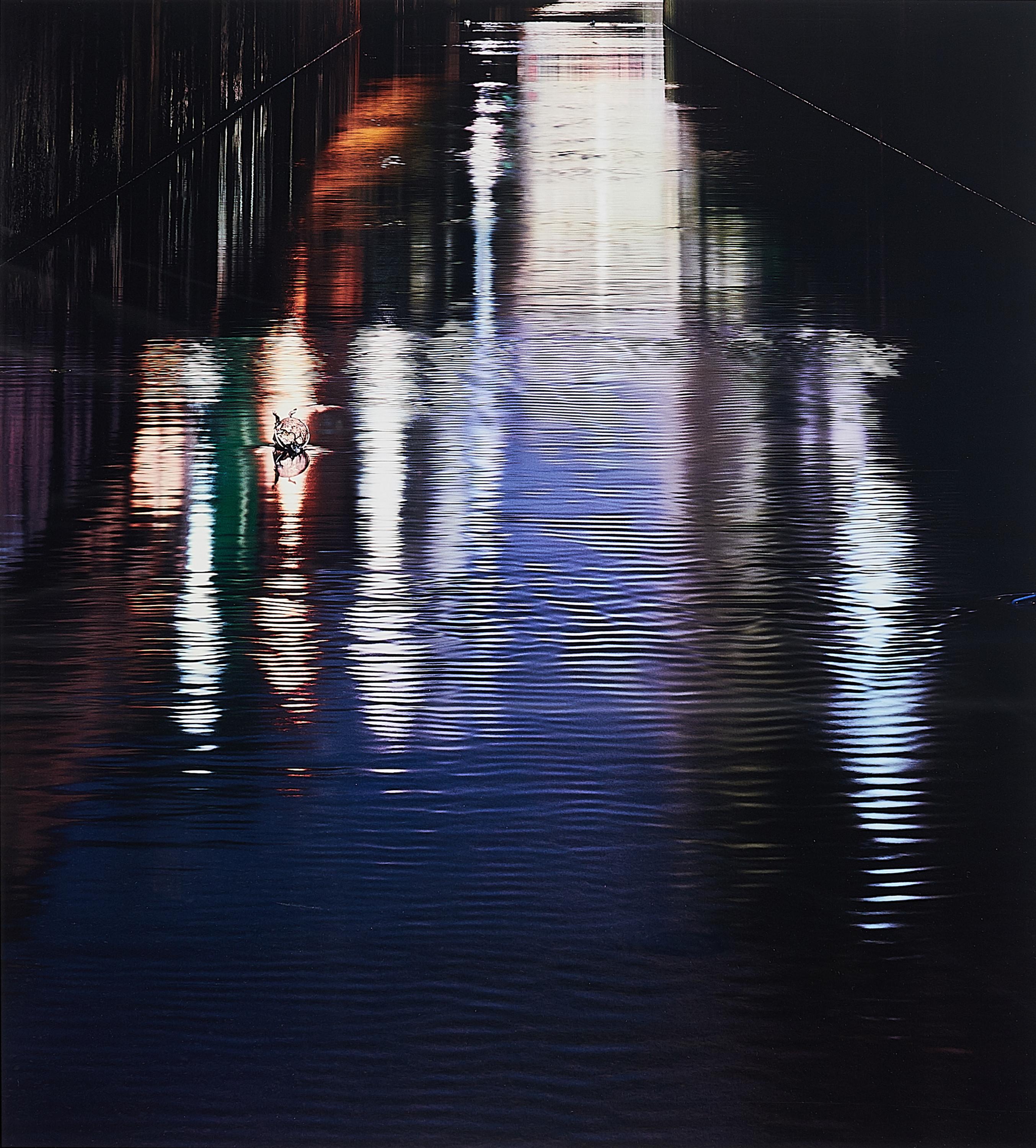

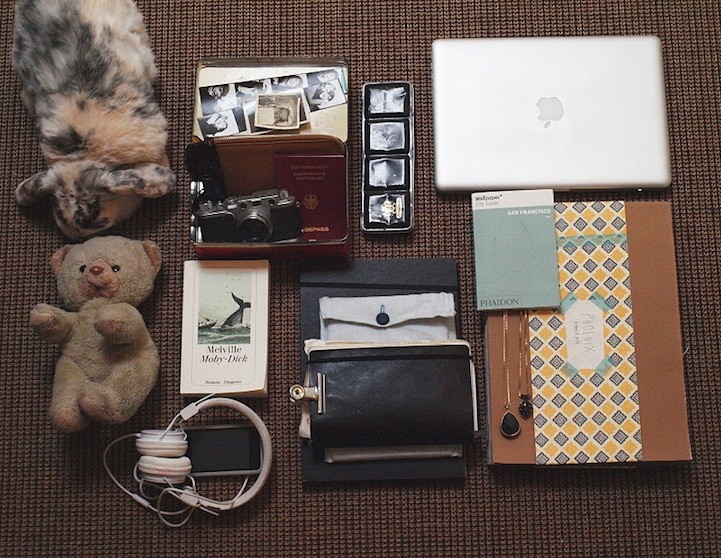
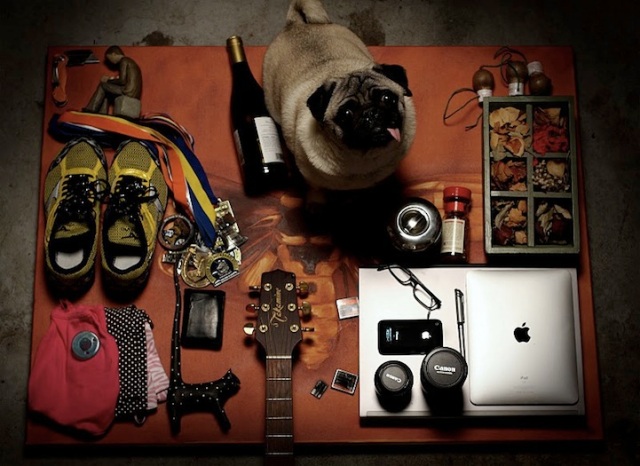
 “Migrant Mother” by Dorothea Lange
“Migrant Mother” by Dorothea Lange “Afghan Girl” by Steve McCurry
“Afghan Girl” by Steve McCurry “The Beatles” by Richard Avedon
“The Beatles” by Richard Avedon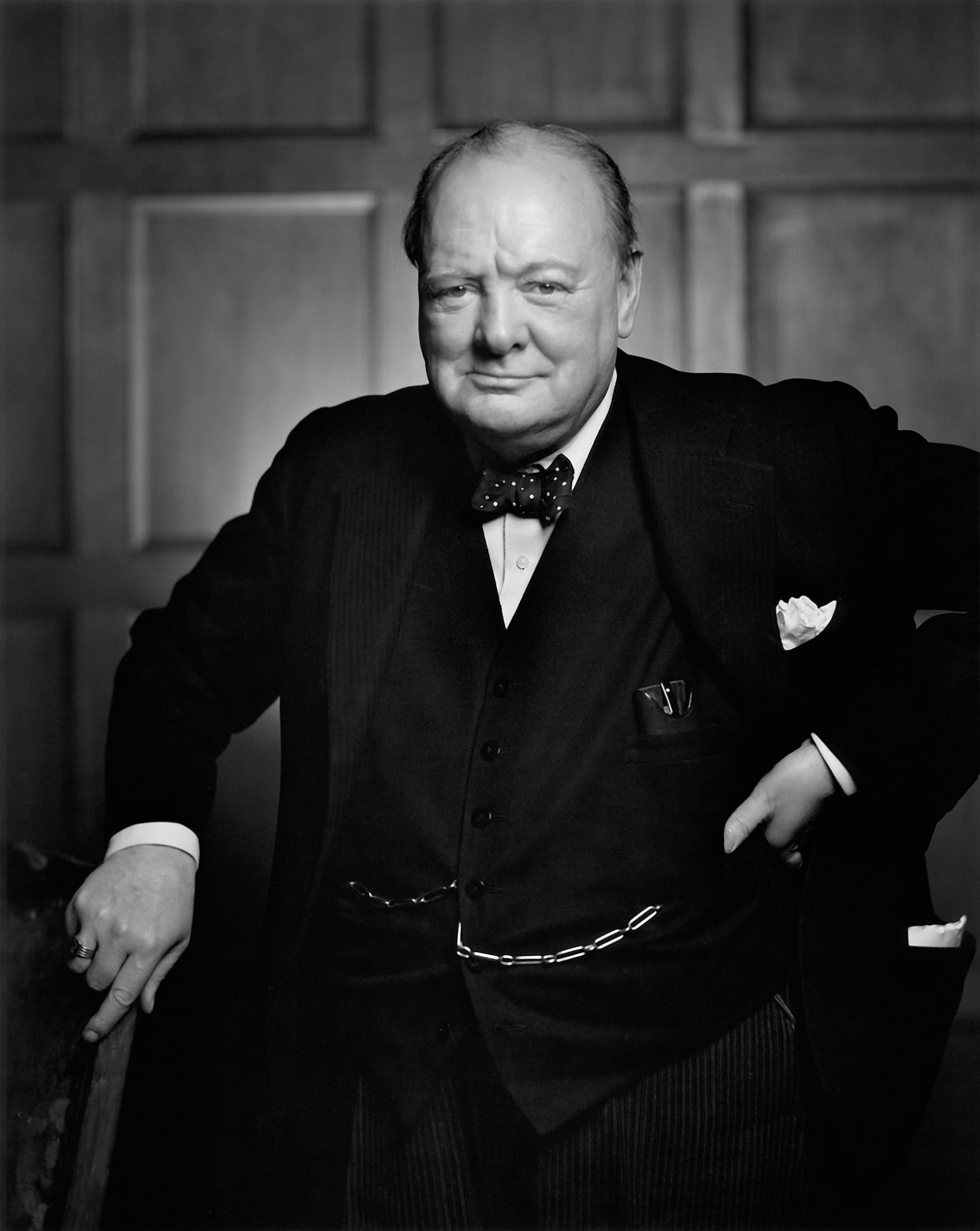 “Winston Churchill” by Yousuf Karsh
“Winston Churchill” by Yousuf Karsh
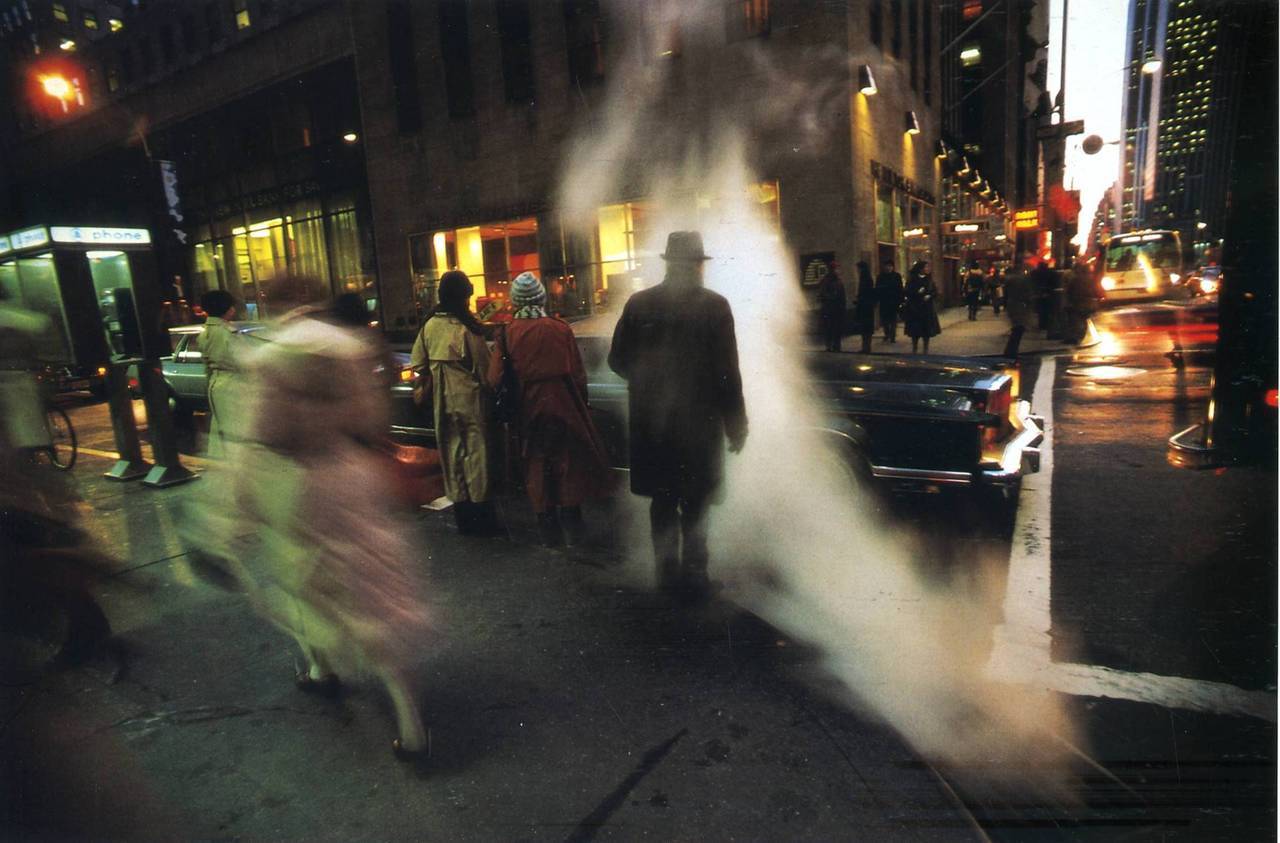

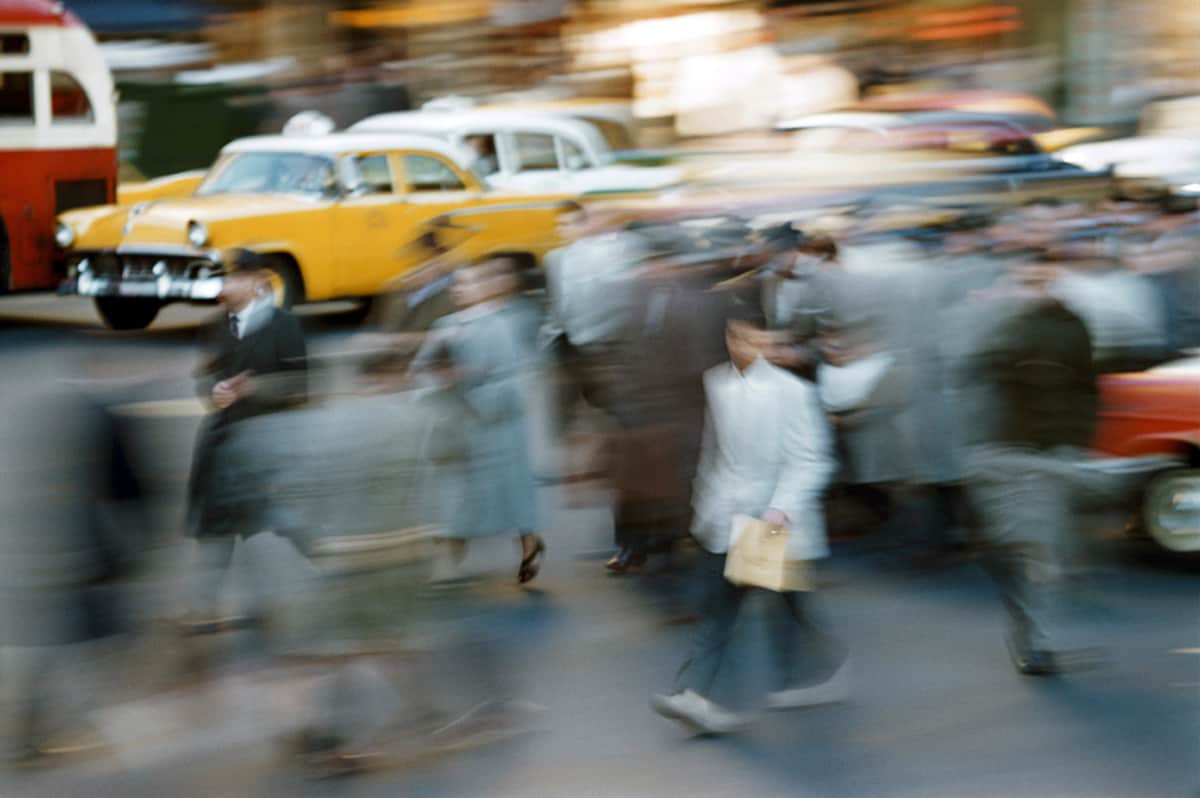 His ICM is mostly street photography.
His ICM is mostly street photography.